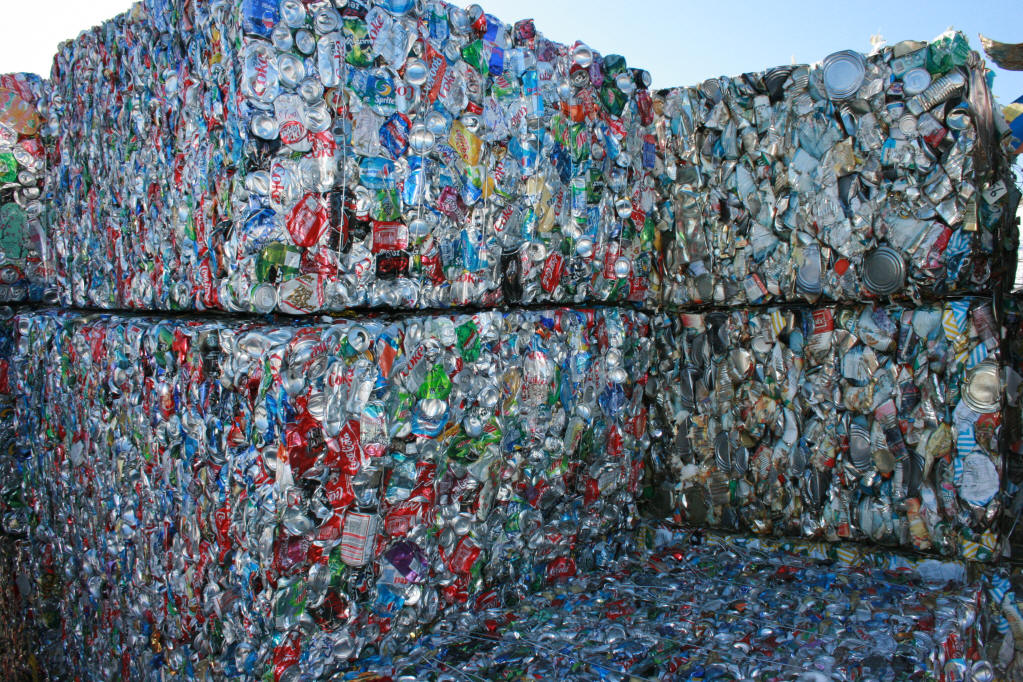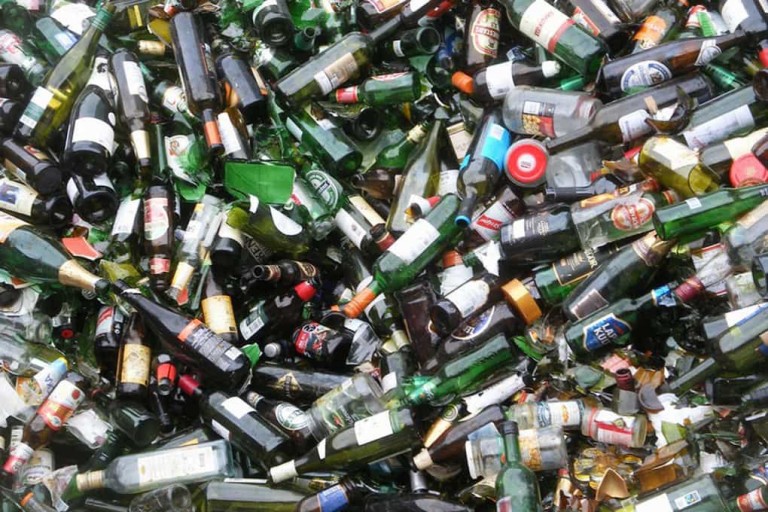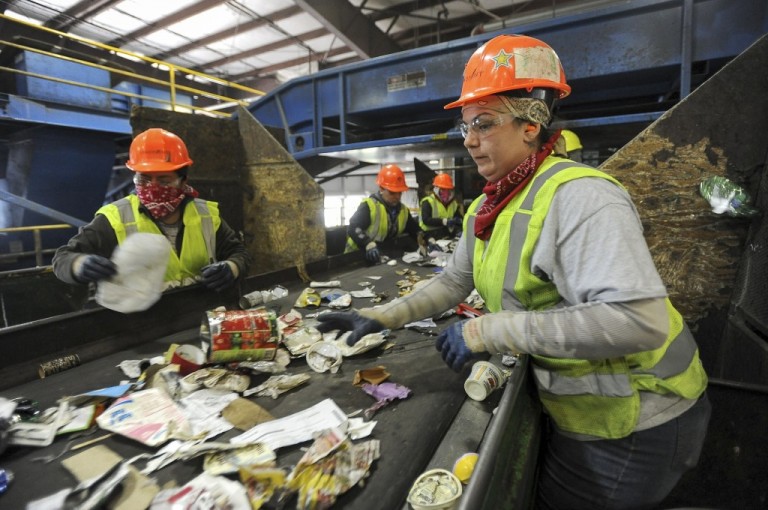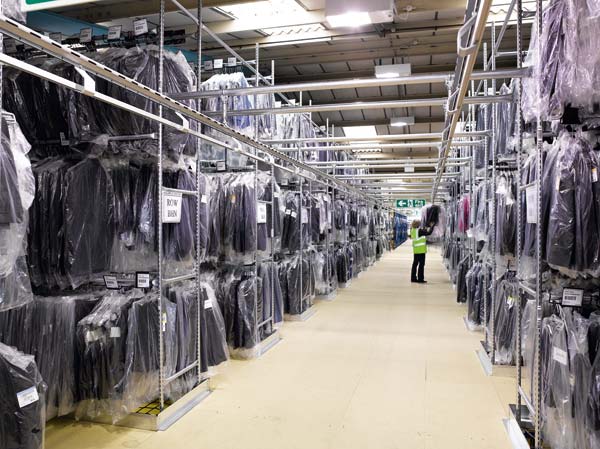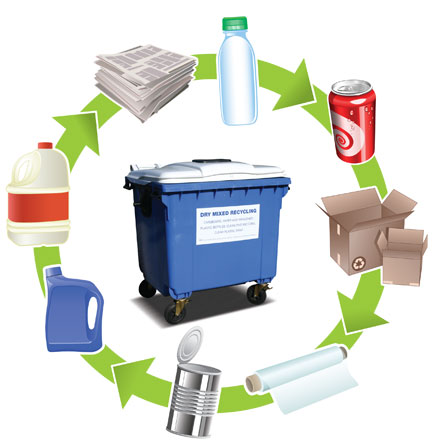Types of non-ferrous metals – which are they and how to recycle them
Which are the non-ferrous metals?
The division of metals into two groups – ferrous and non-ferrous – has been formed historically. Non-ferrous metals, depending on their properties and distribution, are divided into four groups:
- Lightweight non-ferrous metals – aluminum, magnesium, titanium, etc. with a density of less than 4,500 kg/m3
- Heavy non-ferrous metals – lead, copper, nickel, tin, antimony, etc. with a density of more than 4,500 kg/m3
- Precious metals – gold, silver and platinum metals
- Rare metals – these include 55 metals from the periodic system of elements having different physical and chemical properties. Most of them are very uncommon in nature and rarely form independent ores.
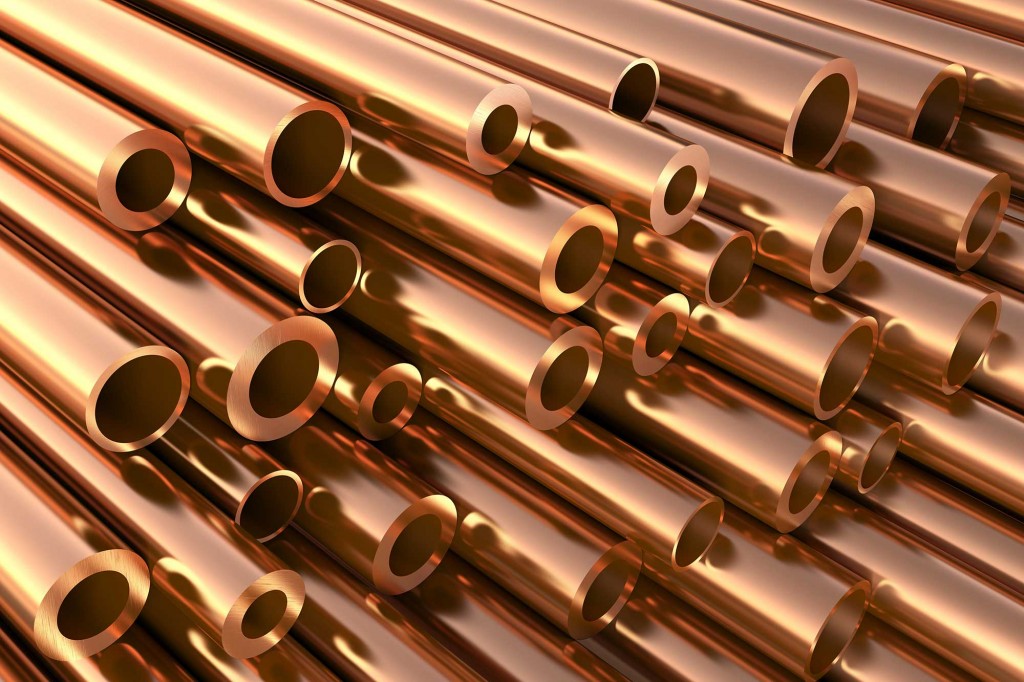
Non-ferrous metals are produced significantly less than ferrous metals. The ratio of world iron production to the production of all other metals is 20:1. The lesser production of non-ferrous metals is due to the very low distribution of most of them and the complexity of their production.
The first non-ferrous metals entered man’s life ever since hoary antiquity as gold and copper, as they occur naturally in a native state. Relatively later began the production and use of tin and lead and their copper alloys. This period of historical development, directly related to the production of metals and the production of tools from them, is known as the Bronze Age and is characterized by a rapid development of the material culture of people and important social changes in human society.
Production and application of non-ferrous metals
Despite the indisputable advantages of metals as construction materials, their consumption by the end of the 18th century was low. It was only in the 19th century that the need for large quantities of non-ferrous metals emerged as a result of the development of large machine production which could not be satisfied by the primitive and craft methods of their production. As a result, the development of machine-building has also led to rapid development in non-ferrous metal production methods, leading to the differentiation of metallurgy as a separate industry branch. It is engaged in the production of non-ferrous metals from their raw material form to a fit-to-use form.
Non-ferrous metals are widely used in mechanical engineering, power engineering, electronics, chemical industry, nuclear power engineering, etc. The development of these industries is inconceivable without the use of non-ferrous metals, as most of them have specific properties more particular than those of iron and its alloys. For example, the high conductivity of copper, silver and aluminum determines the importance of these metals in the development of electronics and power engineering. The development of aircraft industry is the result of the progress in the production of aluminum and its alloys and the development of semiconductor electronics is the result of the production of rare and precious metals.
Non-ferrous metals form numerous alloys which have better mechanical, physical, anticorrosive and other properties than pure metals, thereby the scope of their application extends.
The real development of the non-ferrous metallurgy in Bulgaria began after 9 September 1944. The main non-ferrous metallurgical factories in Bulgaria are the lead production factory in Kurilo, the lead and zinc factory in Kardzhali, the copper smelter in Pirdop and the non-ferrous metals factory in Sofia and many other smaller foundries.
HOW TO RECYCLE NON-FERROUS METALS
Every day, waste is constantly being generated, the quantity of which constantly grows. Their storage is not desirable, and destroying them emits harmful emissions. The most reasonable solution is to re-incorporate secondary raw materials into the production cycle by recycling their ingredients.
The recycling of non-ferrous metals represents the processing of waste from them, such as pieces, wires and other waste from the households and industry. For the purpose of recycling the various types of non-ferrous metals, it is necessary to collect, sort, and bale the wastes, if necessary due to the high density, transport and prepare them for their recycling in the various non-ferrous factories and plants for subsequent processing of non-ferrous metals.
Electric, gas and other furnaces are used for the recycling of non-ferrous metals. Blast furnaces, also called a metallurgical high-placed continuous cycle furnace, can be simplified as scrap is warmed up before the melting point is reached; these simple furnaces are called foundries.
The recycling of non-ferrous metals is a highly technological process that lies on the work and aspirations of many scientists. By basing itself on their technologies, the recycling industry is evolving every day.
The recycling and processing of non-ferrous metals is useful because metal waste from non-ferrous metals can be used to create new products. In modern recycling, there are electronic devices designed to measure the precise chemical analysis of non-ferrous metals. Thanks to these, non-ferrous metals come out of the furnaces with a specific chemical analysis. After which they enter in the everyday lives of people.


